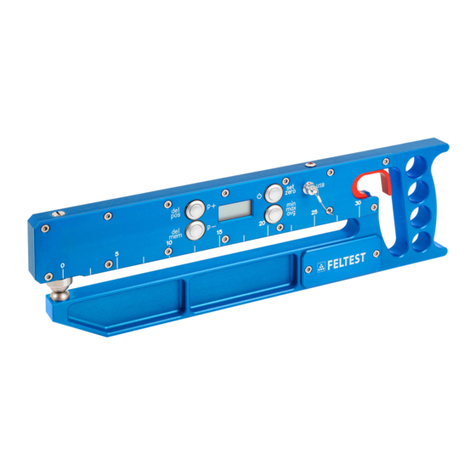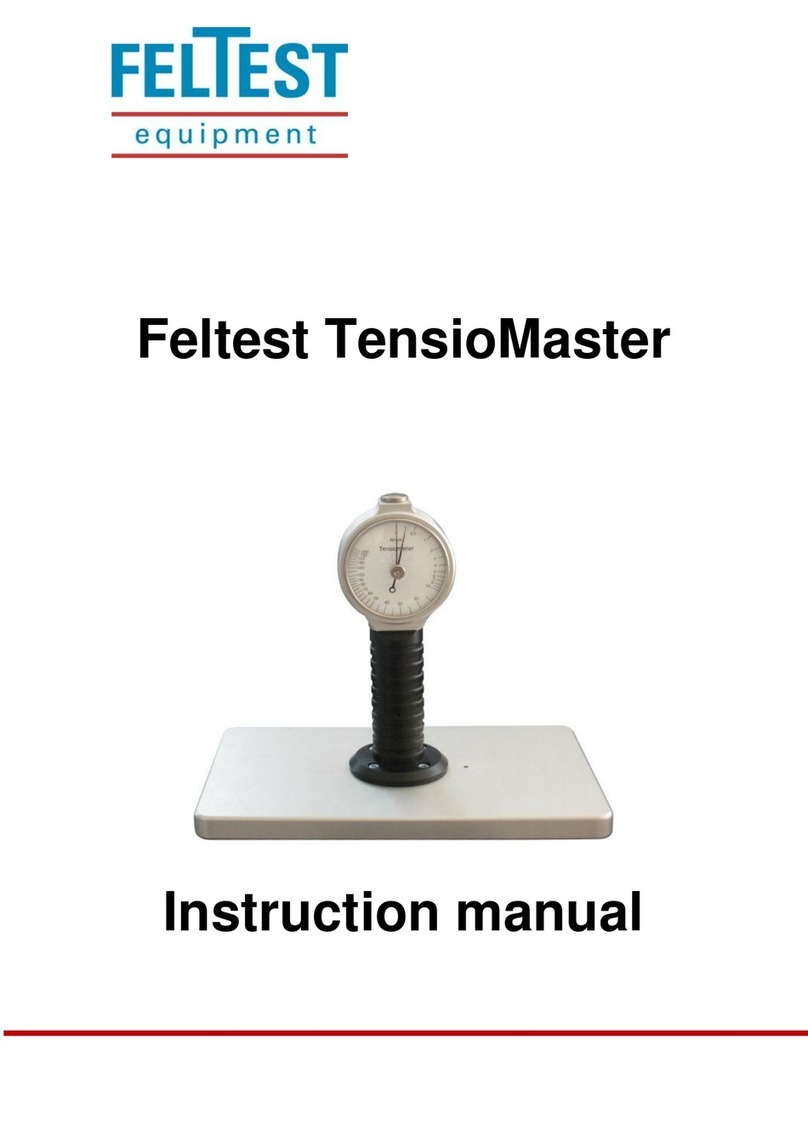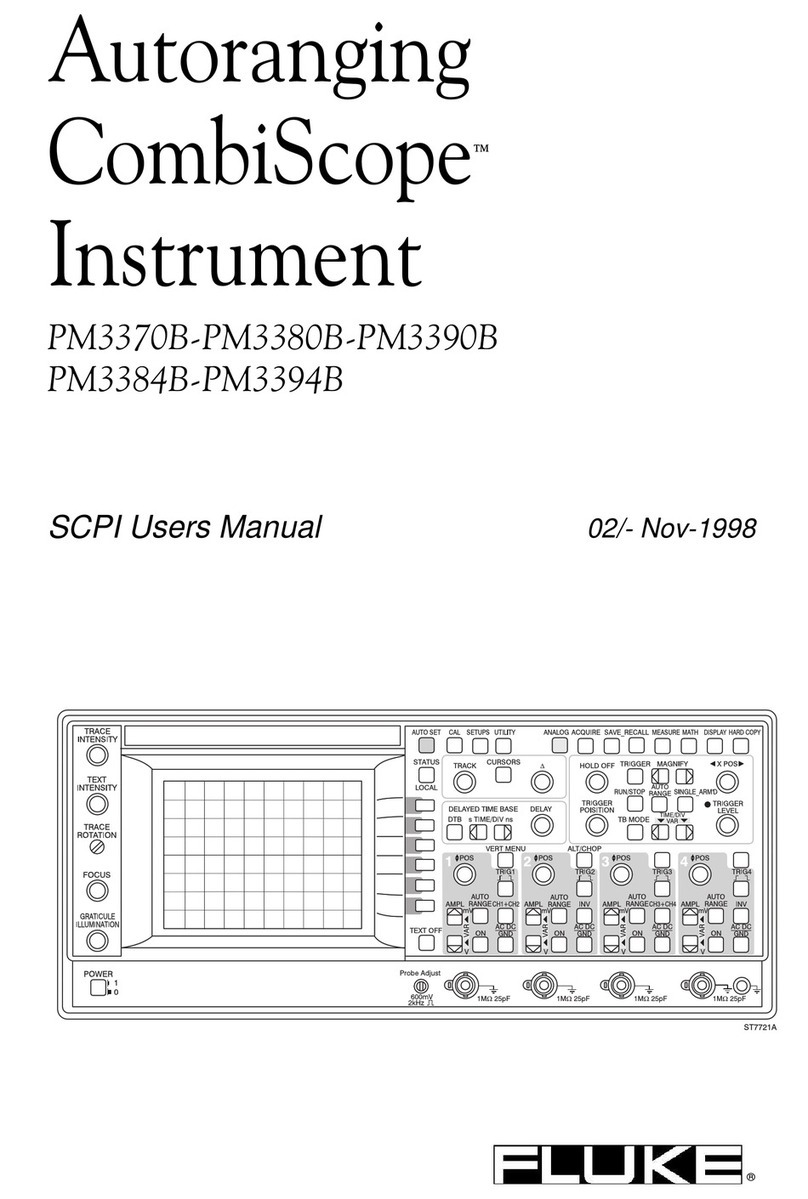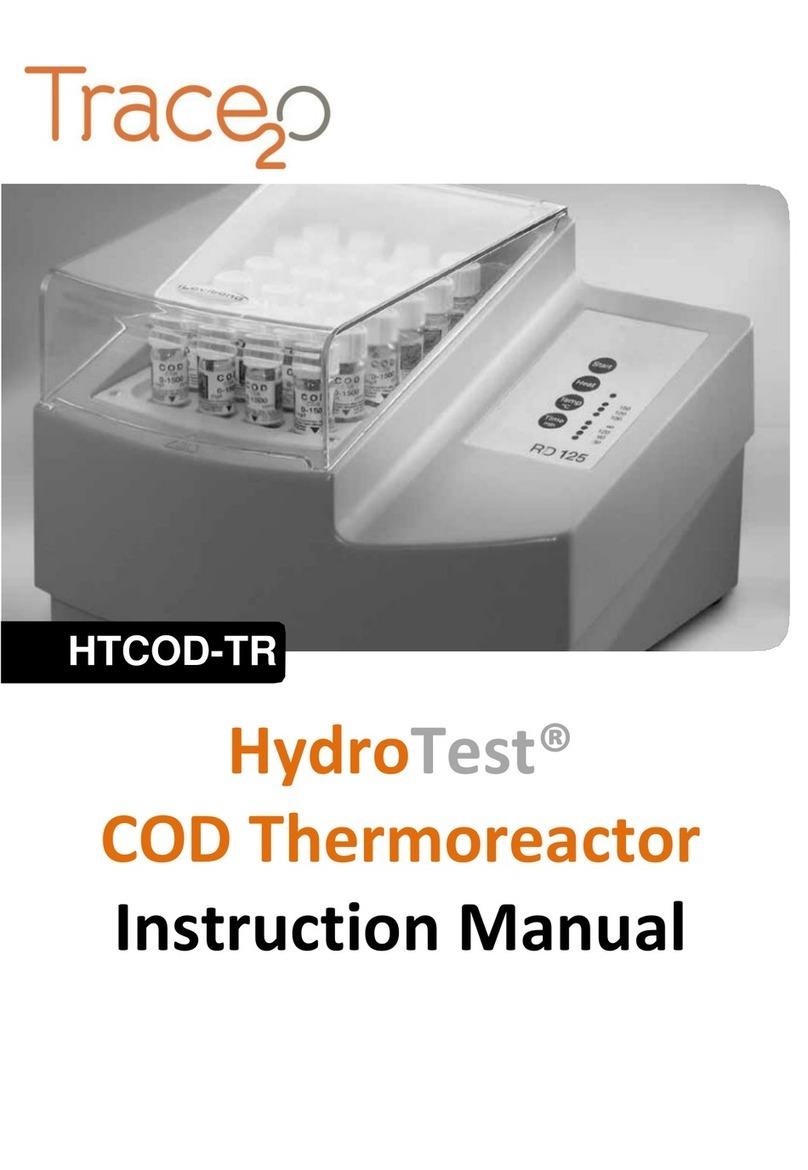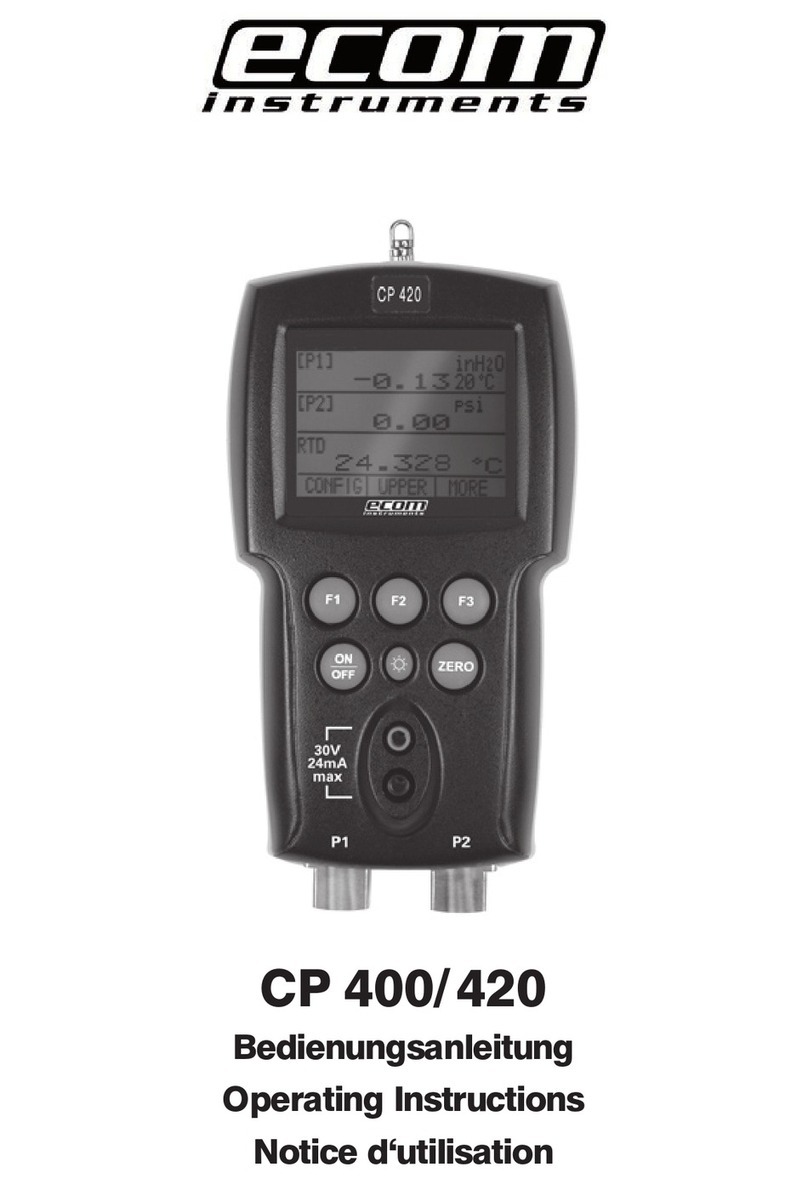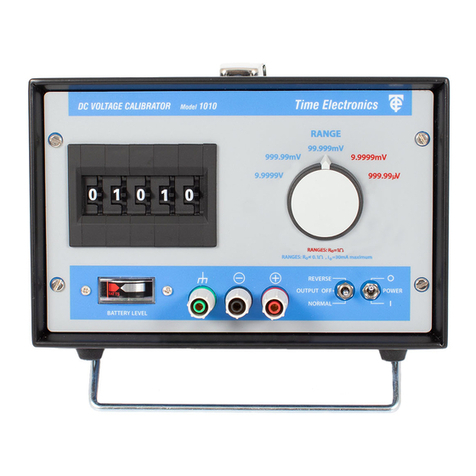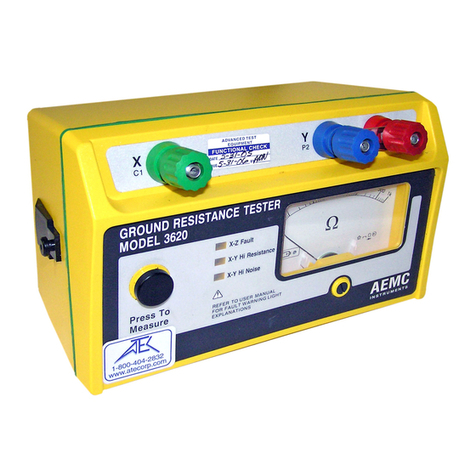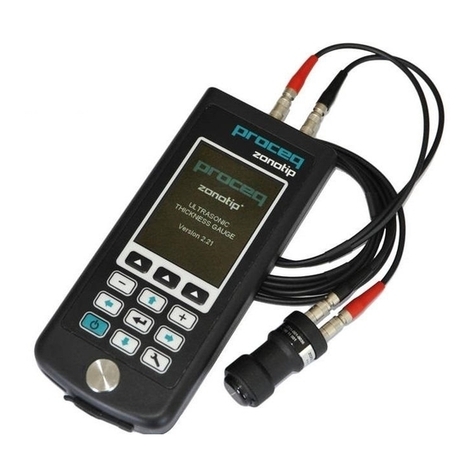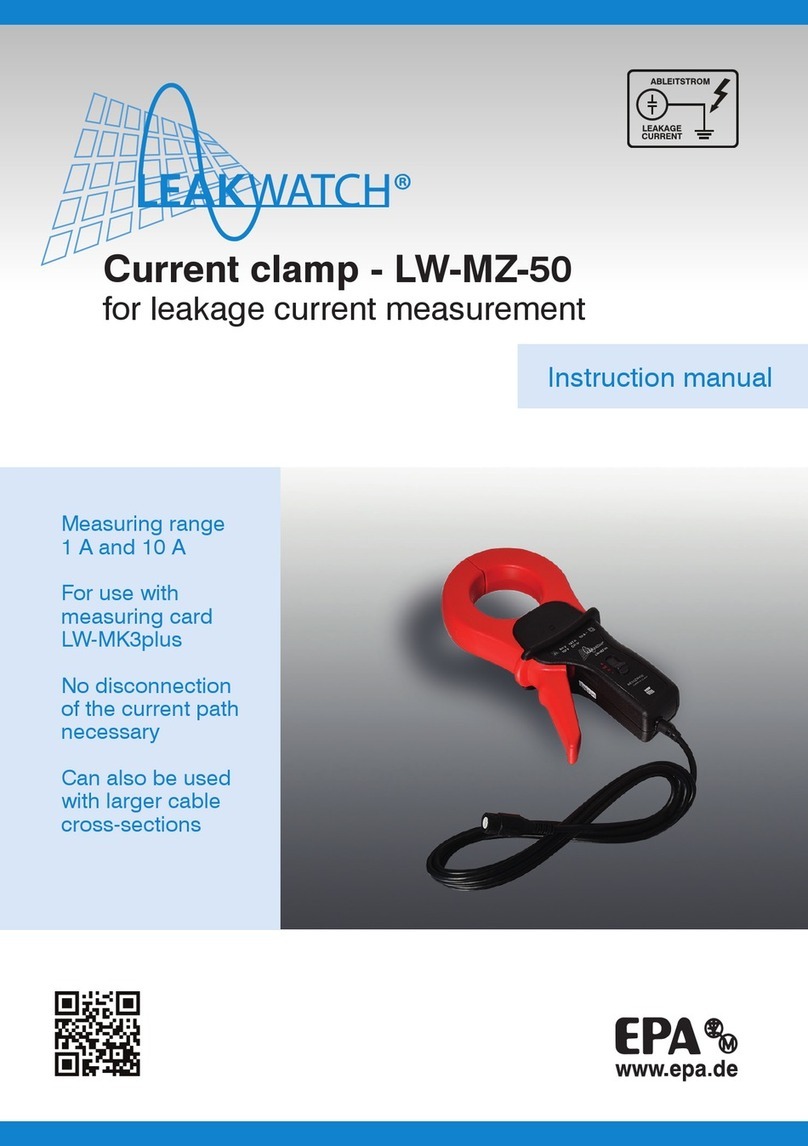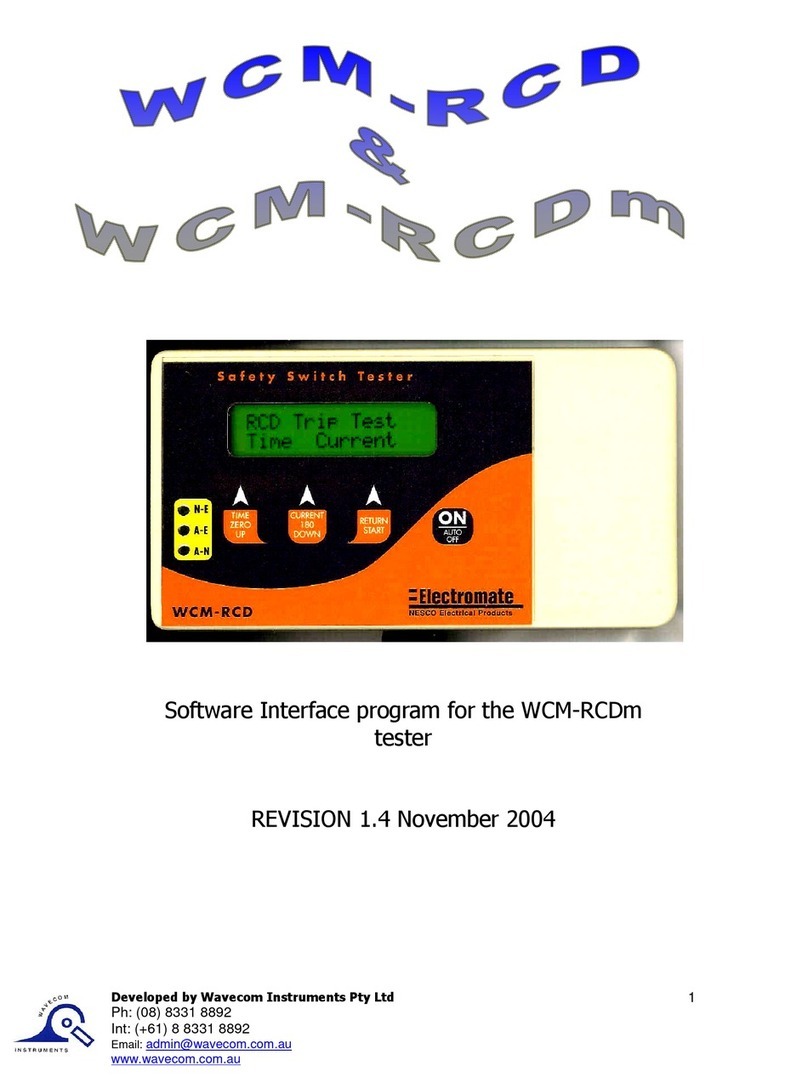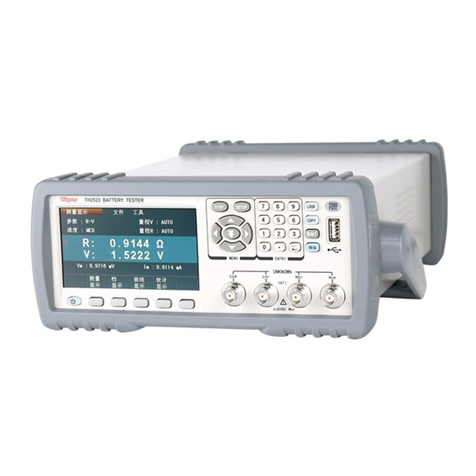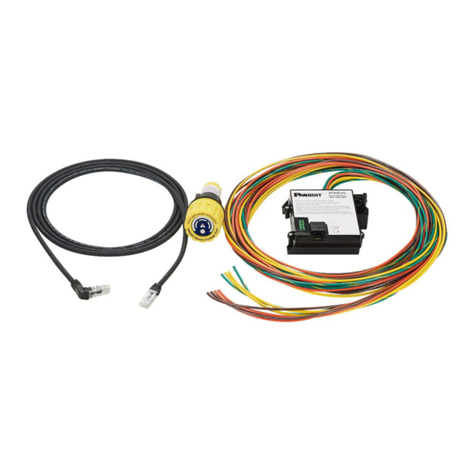Feltest AirSpeed/2 User manual

Instruction manual
Feltest AirSpeed/2

2

3
1. Table of contents 3
2. Safety instructions 4
2.1 Intended use 4
2.2 Safety precautions 4
3. About the instrument 6
3.1 Names of parts 6
3.2 Working principle 7
4. The measurement 7
4.1 Measuring procedure 7
4.2 Interpretation of the results 9
5. Technical data 10
6. Declaration of conformity 11

4
2. Safety instructions
2.1 Intended use
The Feltest AirSpeed/2 is intended to measure the airflow through a
press felt over an Uhle box on running paper machines. The instrument
may not to be used on any other object, like for example dryer screens
or conveyor belts.
2.2 Safety precautions
Running paper machines can be very dangerous! Therefore it is very
important to read this manual and its safety instructions before
operating the Feltest AirSpeed/2.
• Before using the instrument, read this
manual carefully, it contains important saf-
ety information. If you not fully understand
this manual, please contact Feltest
Equipment bv for more information.
Keep this manual where the operator can
easily find it.
• Use the instrument as intended and
according to this manual. Do not measure
the airflow through forming fabrics or dryer
fabrics on running paper machines.
• Be aware of the danger of rotating machi-
ne parts. Do not make measurements
close to in-going nips. You or the instru-
ment could be grabbed into the machine,
which can result in severe life threatening
injuries and very costly damages.
• Do not measure press felts with holes
or damaged edges. Before starting your
measurements, check with the staff of the
paper machine if holes or damaged edges
are known. At the machine, first look very
carefully for any defects or signs indicating
defects, before starting the measurement.
If you have any doubt, do not measure.

5
• Before starting a measurement, make
sure you find a stabile position with two
feet on a solid base. Do not bend over
into the machine. If you must lean
against a safety fence (or something
similar), first check its stability.
• Always follow the safety instructions that
apply for the location where the
measurements are done. Do not ignore
or remove safety constructions from the
paper machine.
Please note:
Doing measurements (of any kind) on running paper
machines is dangerous and requires alertness, concen-
tration and common sense. The Feltest instruments are
designed and constructed to be as save as possible for
their intended use. Nevertheless it is the user's responsibility to
actually use the instrument in a safe way. Feltest Equipment bv can
not be held responsible or liable in any way for suffered injuries or
damages that occurred while using their instruments.
0 5 10 15 20 25 30
0.00
BAT

6
3. About the instrument
With this air speed meter (or anemometer) you have acquired a preci-
sion instrument of exceptional quality. You also obtain the benefit of
our many years’ experience in measuring physical data on running
paper machine clothing.
All probes have been calibrated in a wind tunnel and are checked to
conform to the required tolerances.
3.1 Names of parts
The instrument is built up out of an electronic
read out unit, a probe with a small propeller that
is installed in a plastic measuring head and a
telescopic grip.
• The air flow is measured by a small, aerody-
namically optimised propeller which is extre-
mely accurate and reliable.
• The plastic measuring head is made from
HDPE which ensures low friction with the felt.
Contamination will not stick to the material,
therefore it can be cleaned easily.
Average, minimum and maximum values can be
called up at any time. As the calculation of
these values takes place simultaneously they
can be requested at any time, the test result is
not affected.

7
3.2 Working principle
The Feltest AirSpeed/2 works with a vane or propeller anemometer as
the propeller has proofed to be more accurate and durable than a ther-
mal anemometer in the harsh environment of a paper machine.
The propeller speed, directly corresponding to the flow rate, is sensed
electronically without inducing any reaction force and is transmitted to
the read out unit.
The read-out unit operates through a microprocessor with a minimum
current loading. This makes it possible to perform all functions and
measurements by using only a few keys and allows the data to be cal-
led up at any time. The measuring data are read on the LCD display.
The unit is battery operated.
4. The measurement
It is of utmost importance to work safely when
measuring the air speed through a press felt. Find
a safe and stable position close to the Uhle box,
expand the telescopic grip so it will not be
necessary to bend over into the machine but most
important is to stay away from any in-going nip!
4.1 Measuring procedure
Preparation
The connector and cable of the probe are led through the telescopic
grip. Then the measuring head and the telescopic grip can be mounted
together. The connector is clicked into the read out unit (watch the red
dots) and the instrument can be switched on with the On/Off key.
The instrument performs a functional test lasting about 2 seconds.
During this time the display shows the probe code 15.20. The first 2
digits indicate the propeller head diameter, the last 2 digits the full-
scale reading in m/s.
The instrument now measures continuously and shows the average
value of the last 2 seconds on the display. The display is refreshed
every 0,5 second. Changeover to 6 or 22 seconds average: press the

8
Fast or Slow key. To return to the 2-second average the instrument
must be switched off and on again.
Error indication
If the display shows E.xx when switching on or during operation, this
indicates a fault. The fault can be identified from the E-number details
under Technical Data in chapter 5.
Measurement
When it is safe to measure the air speed, the measuring head is held
against the felt, above the slit of the Uhle
box. The slit in the measuring head should
be in contact with the felt, the round hole
should be ‘on top’.
By rotating the measuring head a few deg-
rees clockwise and counter clockwise one
will see that the measured air flow will vary.
There is no rule of thumb for the right
angle; it depends on felt weight and water
content, felt speed, width of the slit and the
force with which the measuring head is pressed onto the felt. Generally
spoken the position which gives the highest test results is the best.
After switching on the instrument, averages are calculated over 2
seconds (every 0,5 second a value). Pressing the Min/Max key will
return the minimum and maximum test results measured. Pressing the
Flow key will return to the current test values.
Where greater accuracy is required and the flow is rather irregular the
test time can be extended, resulting in an average over 6 seconds
(press the Fast key) or 22 seconds (press the Slow key). During the
measurement the remaining test time up to the end is indicated in
seconds. The Mean or average value of the complete measuring cycle
will be calculated when the measuring time has ended. A new meas-
urement is started by pressing the Fast or Slow key again. To return to
the 2 second average, the instrument needs to be switched off and on
again.
When the display shows BATT the battery (9 Volt) has to be replaced.

9
4.2 Interpretation of the results
By measuring the air speed through a press felt it becomes possible to
quantify the felt’s permeability or openness. Generally the measured air
speed should be between roughly 2 and 10 m/s. If the test results are
too low, the Uhle box will hardly remove any water out of the press felt
and values over 10 m/s will only cost vacuum without increasing the
amount of removed water.
Still, only measuring the air speed is not enough to determine the felt’s
condition. The applied vacuum is very important and should be meas-
ured as well (for example with the Feltest RealVac) as manometers on
Uhle boxes are seldom reliable. To compare the permeability from
several measurements over time with different levels of vacuum, one
could calculate a relative “dynamic permeability”. This means to meas-
ure both vacuum and air speed and then calculating the air speed
towards a standard vacuum of 10kPa.
An example:
Measured Measured air speed Dynamic Perm
vacuum @ 10 kPa
20 kPa 4.0 m/s 2.0 m/s
30 kPa 4.0 m/s 1.3 m/s
35 kPa 4.0 m/s 1.1 m/s
This examples makes clear that, although the measured air speed is
always 4.0 m/s, the felt becomes more closed as the applied vacuum
is increasing.
If the air flow through a felt decreases, this can be the result of
contamination or compaction of the felt. Also a high water content in
the felt will reduce the air flow over the Uhle box. Only by also measu-
ring the caliper with a Feltest Caliper Gauge and the water content,
one gets the whole picture and is it possible to accurately determine
the felts condition.

10
5. Technical data
Probe
Medium: non-corrosive gases
Measuring range: 0,5 to 20 m/s
Start-up code: 15.20
Connector: Lemo FCG.0B.305.CLCD52Z
Accuracy: 2,0% full scale plus 5% reading
Operating temperature: 0 to +120° C
Storage temperature: 65 to +150° C
Read out unit
Medium: non-corrosive gases
Unit of meas.: flow in m/s
Display: LCD 4 characters
Measuring rate: 2 values/sec.
Supply: Battery (1 x 9 Volt, size PP3)
Current consumption: approx. 15 mA
Battery life: approx. 12 hours
Case dimensions: 80x145x39 mm (ABS plastic)
Case protection: IP64 (splash water proof)
Weight: 230 g
Operating temperature: 0 to + 50° C
Storage temperature: -30 to + 80° C
Air humidity: 0 to 90% rh, non condensing
Standard: laser controlled wind tunnel
(Certificate in accordance with EN 45001)
Error diagnosis
E.01 = probe type not recognised
E.03 = over velocity measuring range

11
6. Declaration of conformity
Instrument: MiniAir Junior
Instrument type: Vane anemometer
Type designation: V7
The signing legal authorities state, that the above mentioned equipment meets the
requirements of the electromagnetic compatibility (EMC) according to the
Guideline of Counsel 89/336/EEC of 03.05.1989
The evaluation procedure of conformity was assured according to the following
standards:
a) Emission : EN 55022 : 1994
b) Immunity : EN 50082-1 : 1992
This EC – Declaration of conformity is based on the test report No. 95.1 10951 of the
EMC-Testcenter of SEV/ASE, CH-8320 Fehraltorf.
Signed on January 1st 1996,
M.F. Lensvelt
Managing Director
Postal address: Visiting address:
Feltest Equipment BV Feltest Equipment BV
Postbus 205 Bijenkorf 55
NL-6960 AE Eerbeek NL-6961 PA Eerbeek
The Netherlands The Netherlands

P.O. Box 205
NL – 6960 AE Eerbeek
The Netherlands
T: +31 313 652 215
F: +31 313 654 068
W: www.feltest.com
Table of contents
Other Feltest Test Equipment manuals
Popular Test Equipment manuals by other brands
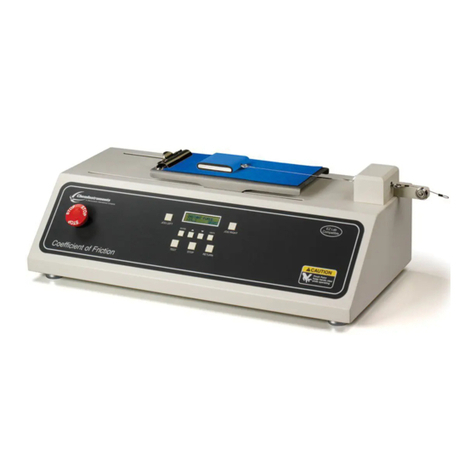
ChemInstruments
ChemInstruments COF-1000 operating instructions
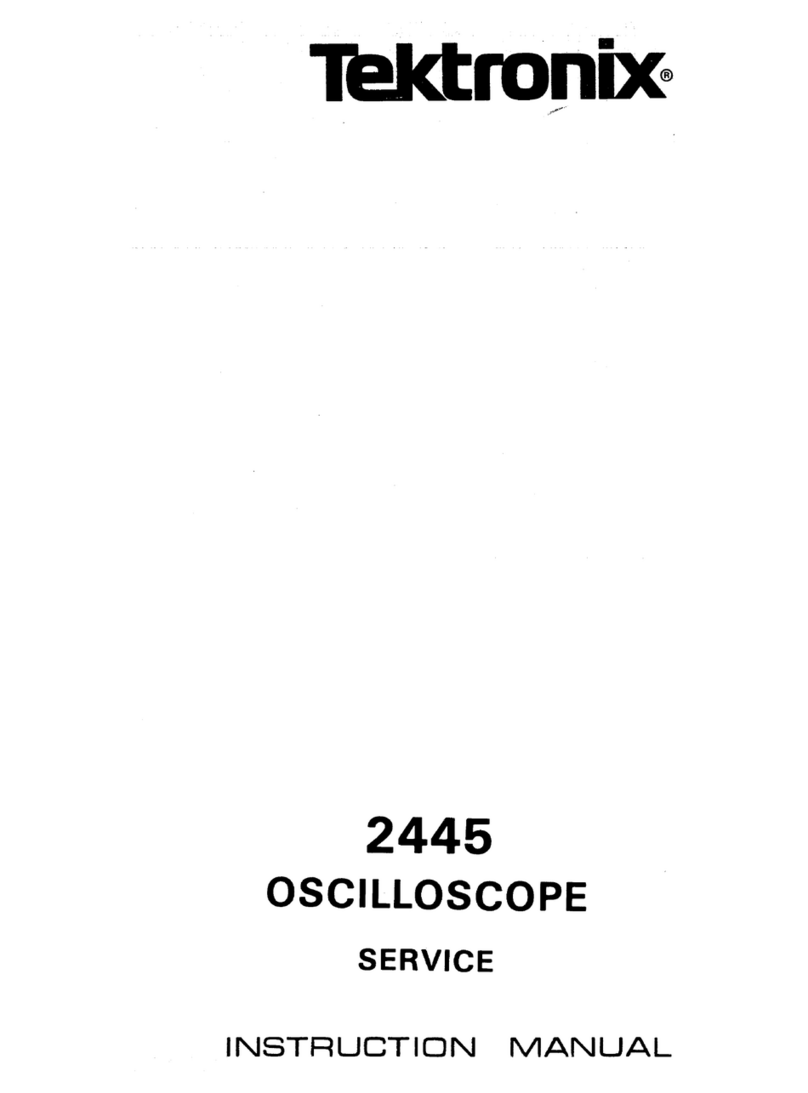
Tektronix
Tektronix 2445 instruction manual
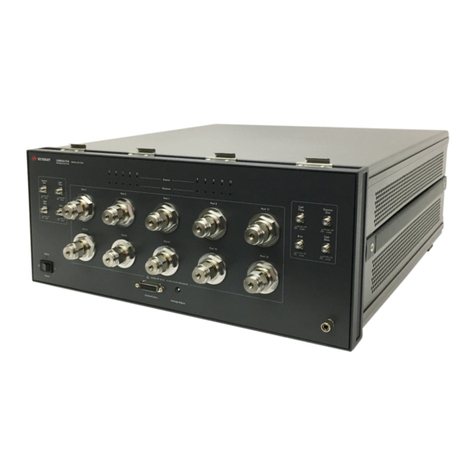
Keysight Technologies
Keysight Technologies U3022AE10 User's and service guide
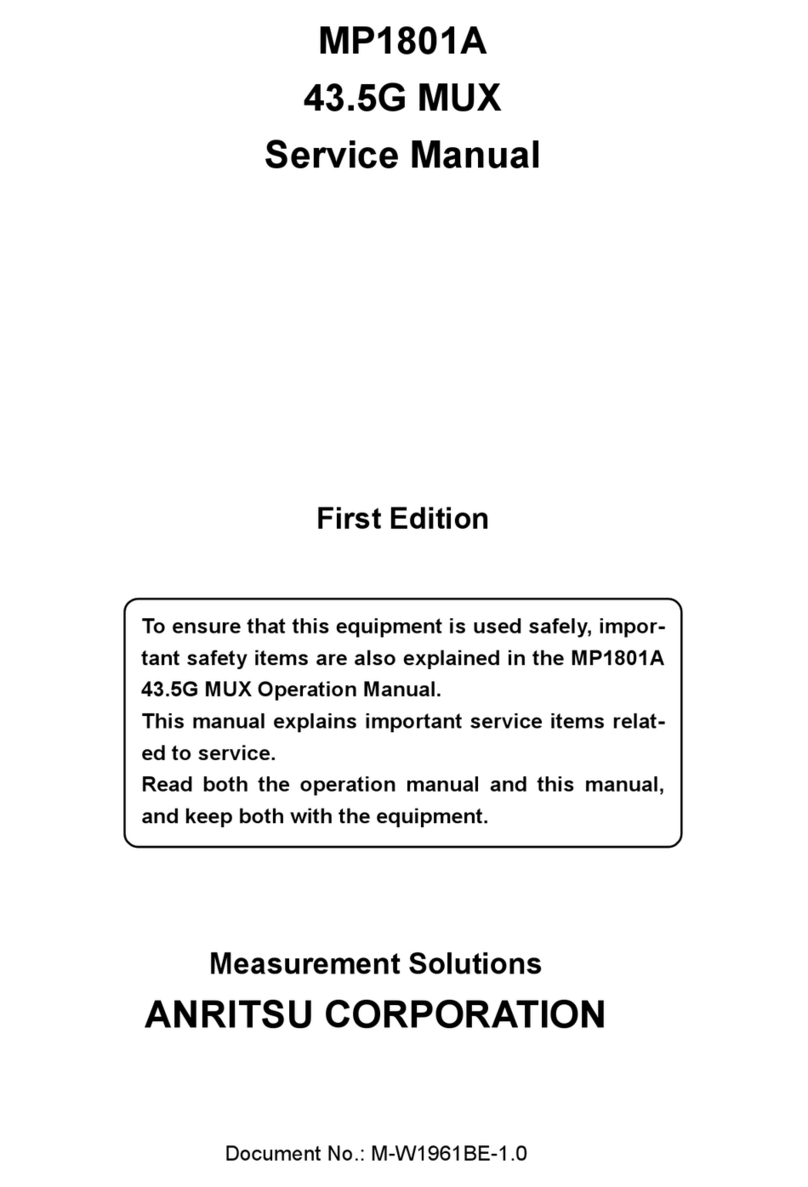
Anritsu
Anritsu MP1801A Service manual

Sonel
Sonel S-36 VLF user manual

Macmesin
Macmesin MultiTest-xt Assembly and installation
